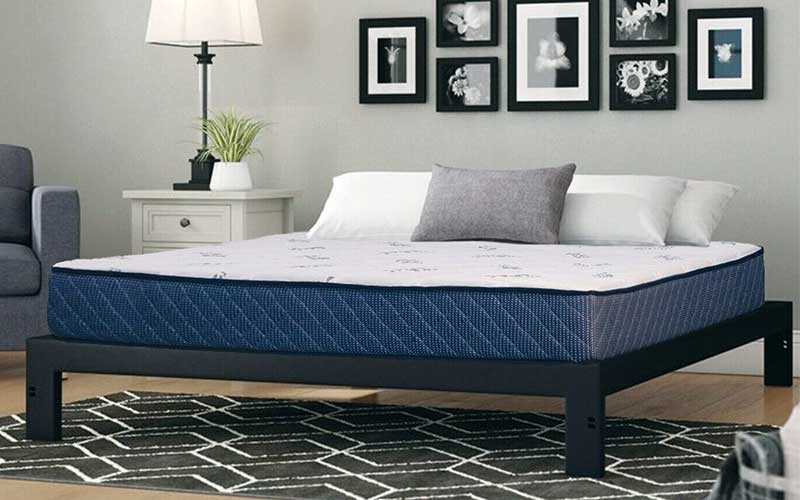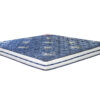- Empty cart.
- Continue Shopping
Memory Foam vs. Innerspring Which Mattress Types Is Right for You?”
When it comes to a good night’s sleep, your choice of mattress types plays a crucial role. With a plethora of options available, it can be overwhelming to decide between memory foam and innerspring mattresses. In this guide, we’ll explore the characteristics of each type to help you make an informed decision based on your preferences and sleep needs.
Introduction to Memory Foam
Memory foam mattresses have gained immense popularity for their ability to contour to your body shape. Composed of viscoelastic foam, these mattresses provide a plush, cradling sensation, offering excellent support for pressure points.
Benefits of Memory Foam
Pressure Point Relief: Memory foam evenly distributes your body weight, relieving pressure points and reducing discomfort.
Motion Isolation: Ideal for couples, memory foam minimizes motion transfer, ensuring a disturbance-free sleep for you and your partner.
Considerations for Memory Foam
Heat Retention: Some individuals may find memory foam retains heat. Look for mattresses with cooling technologies to address this concern.
Initial Odor: New memory foam mattresses may emit a temporary odor, often referred to as “off-gassing.” Allow for proper ventilation upon purchase.
Introduction to Innerspring
Innerspring mattresses have been a staple in the bedding industry for decades. Comprising a coil support system topped with comfort layers, these mattresses offer a more traditional, responsive feel.
Benefits of Innerspring
Bounce and Support: Innerspring mattresses provide a buoyant feel, making it easier to move around and get in and out of bed. Breathability: The open structure of innerspring coils promotes airflow, keeping the mattress cool during sleep.
Considerations for Innerspring
Motion Transfer: Innerspring mattresses may transmit motion more than memory foam. Look for models with individually wrapped coils to mitigate this effect.
Durability: The lifespan of innerspring mattresses can be influenced by the quality of materials used, so consider the long-term investment.
Choosing the Right Mattress for You
Personal Preference:
Consider your sleeping preferences. If you enjoy a hugging sensation and need pressure point relief, memory foam might be your best bet. For those who prefer a more traditional feel with bounce, innerspring could be the answer.
Health Considerations:
If you suffer from back pain or joint issues, memory foam’s contouring properties can offer targeted support. In contrast, individuals with allergies might appreciate the breathability of innerspring mattresses.
Budget and Durability:
Evaluate your budget and the expected lifespan of the mattress. While memory foam tends to be more durable, quality innerspring mattresses can provide excellent comfort at a lower cost.







